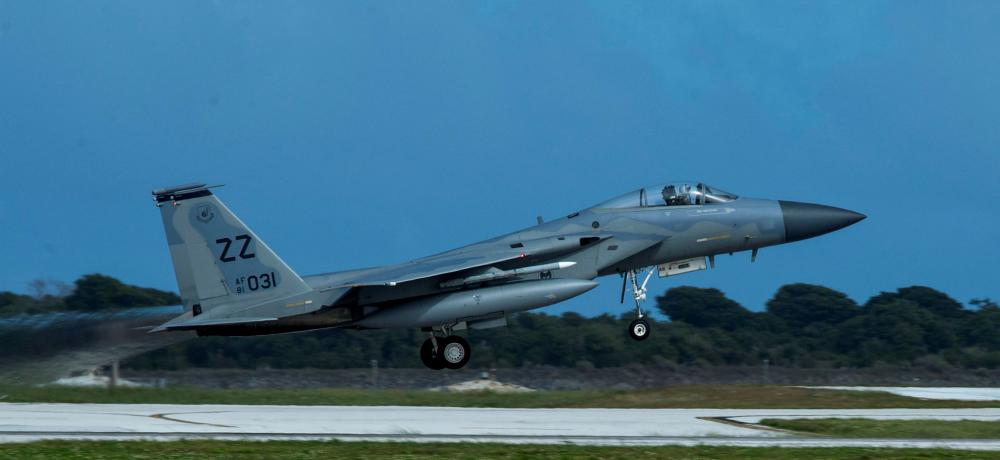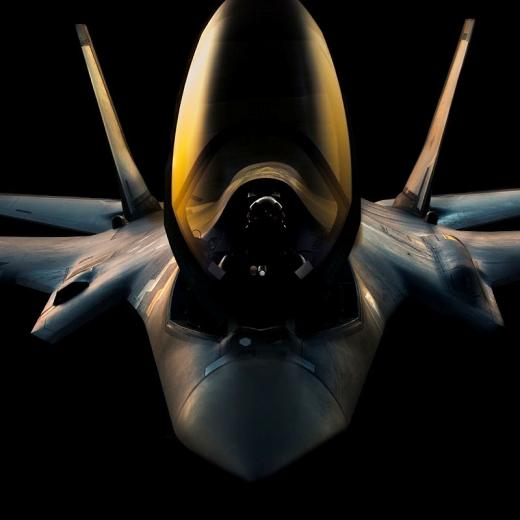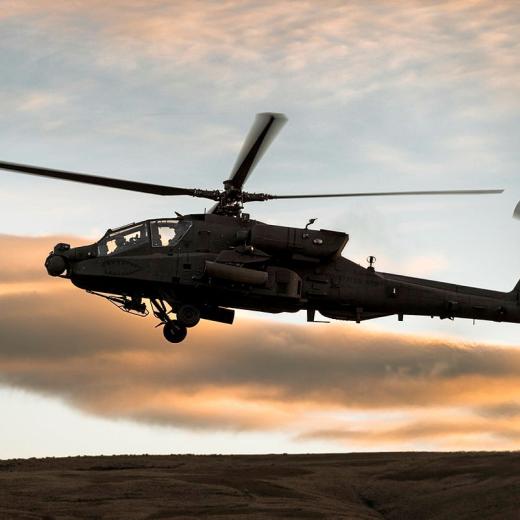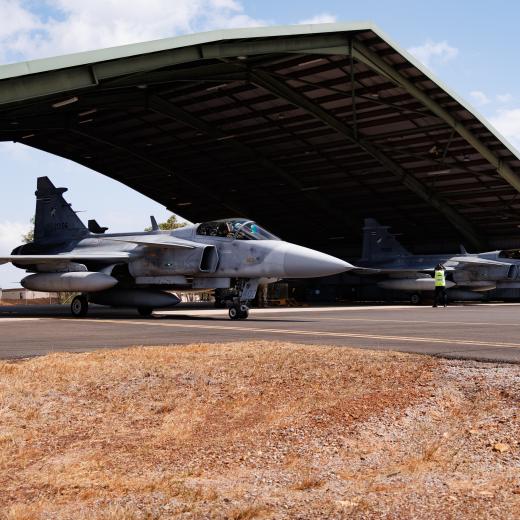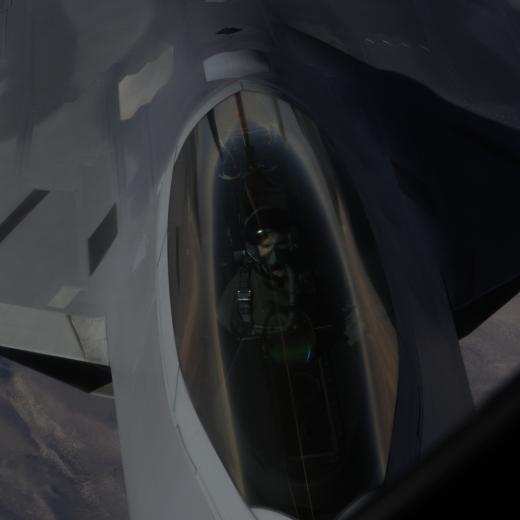BLUF
RAND analysis shows airpower's critical role in defeating ISIS: blunting their momentum, targeting cash reserves, countering VBIED attacks, and the importance of aerial refueling in the air war against ISIS.Summary
KEY POINTS:
- Airpower played a critical role in the success of Operation Inherent Resolve (OIR) against ISIS. The United States and its coalition partners adopted a strategy that relied on Iraqi and Syrian partner ground operations as the central effort, with airpower providing support.
- Airpower was instrumental in blunting ISIS's momentum in Syria, particularly during the battle for the town of Kobani. Coalition aircraft conducted over five months of operations, employing precision-guided munitions and providing air support to Kurdish partners on the ground. The flexibility and range of airpower allowed for swift shifts in focus to target ISIS forces.
- Targeting ISIS's cash reserves was a key component of the air operations. Coalition aircraft struck or destroyed 36 financial targets over a span of two years, significantly impacting ISIS's financial capabilities. The destruction of cash reserves, combined with the disruption of ISIS's oil business, created a liquidity crisis for the group and hampered its ability to govern.
- Air strikes were used to counter ISIS's use of vehicle-borne improvised explosive device (VBIED) attacks in Mosul. Coalition aircraft conducted strikes to crater roads and impede ISIS's movement of VBIEDs. Target systems

